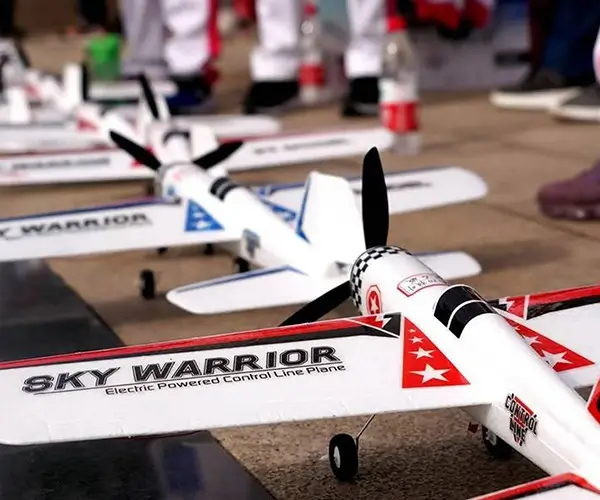Unlocking the Potential of Servo Motors with Arduino: A New Frontier in Precision Control
In the ever-evolving world of robotics and automation, servo motors stand out as versatile and essential components. They are the backbone of precise movements—think of robotic arms, camera gimbals, RC cars, and even home automation devices. But what truly sets a project apart is the ability to control not just the position of a servo but also its speed. This small but mighty feature allows for smoother movements, enhanced control, and a more natural feel to robotic actions.

What Is a Servo Motor?
Before diving into speed control techniques, let's establish a basic understanding of servo motors. Broadly speaking, a servo motor is a rotary actuator—meaning it can rotate to specific positions based on input signals. Unlike simple motors, which run continuously, servos are designed for precision. They contain a built-in feedback system, often a potentiometer, that allows the control system to know the current position of the shaft at any given moment. This feedback loop makes the servo highly accurate.
The most common types of servo motors in hobbyist and small-scale robotics are the "standard" hobby servos, which typically operate within a 0-180 degree range. These servos are popular because they are inexpensive, easy to use, and compatible with microcontrollers like Arduino. However, controlling their speed is not as straightforward as changing a voltage; it requires an understanding of the signals and control techniques.
Why Is Controlling Speed Important?
In real-world applications, it's often not enough for a servo to simply reach a specific position; how fast it moves there can dramatically impact performance. For example:
Smooth Camera Panning: Slower movement yields cinematic results. Robotic Arms: Controlled speed prevents jerky motions that could damage objects or the robot itself. Remote-Controlled Vehicles: Acceleration control for more realistic driving dynamics. Automation Systems: Ensuring seamless operation without abrupt starts or stops.
In sum, speed control enhances the realism, safety, and efficiency of robotic systems.
Traditional Methods vs. Modern Solutions
Conventional hobby servos typically do not offer direct speed adjustment. They respond to PWM (Pulse Width Modulation) signals with fixed or position-based commands. To influence their speed, engineers and hobbyists have devised creative methods, such as:
Varying the duration or frequency of signals to alter acceleration. Implementing programming techniques that gradually move the servo rather than instantly. Using external motor controllers or specially designed servos with adjustable speed settings.
However, the most elegant and sustainable approach involves leveraging Arduino's capabilities to generate custom PWM signals and control servo behavior programmatically.
How Arduino Powers Fine-Tuned Speed Control
The Arduino platform offers a flexible environment for controlling servos because of its robust libraries and precise timing capabilities. Popular libraries like Servo.h enable users to send standard PWM signals to servos with minimal effort. But when it comes to fine granularity of speed control, more nuanced techniques are necessary.
One effective method involves creating custom pulse signals that gradually change the servo's commanded position, simulating acceleration or deceleration. By controlling the rate at which the servo receives position updates, you effectively manipulate its speed.
Alternatively, developers can implement mathematical algorithms that modulate servo signals, enabling smoother starts and stops, mimicking real-world motion dynamics.
Step into the World of PWM
Pulse Width Modulation is at the heart of servo control. Typically, a servo expects:
A PWM signal in the range of approximately 1 millisecond to 2 milliseconds. The pulse repeats every 20 milliseconds (frequency of 50Hz).
The critical aspect for speed control is how these signals are dispatched over time:
For position: The width of the pulse determines the position. For speed: Adjusting how quickly the pulse position changes over successive pulses influences how fast the servo reaches its target.
In software, this means sending a series of intermediate positions with small delays, creating a smooth motion profile rather than a sudden jump.
Stay tuned for We’ll explore detailed programming techniques, real-world project examples, and advanced tips for mastering servo speed control using Arduino.
Kpower has delivered professional drive system solutions to over 500 enterprise clients globally with products covering various fields such as Smart Home Systems, Automatic Electronics, Robotics, Precision Agriculture, Drones, and Industrial Automation.




































